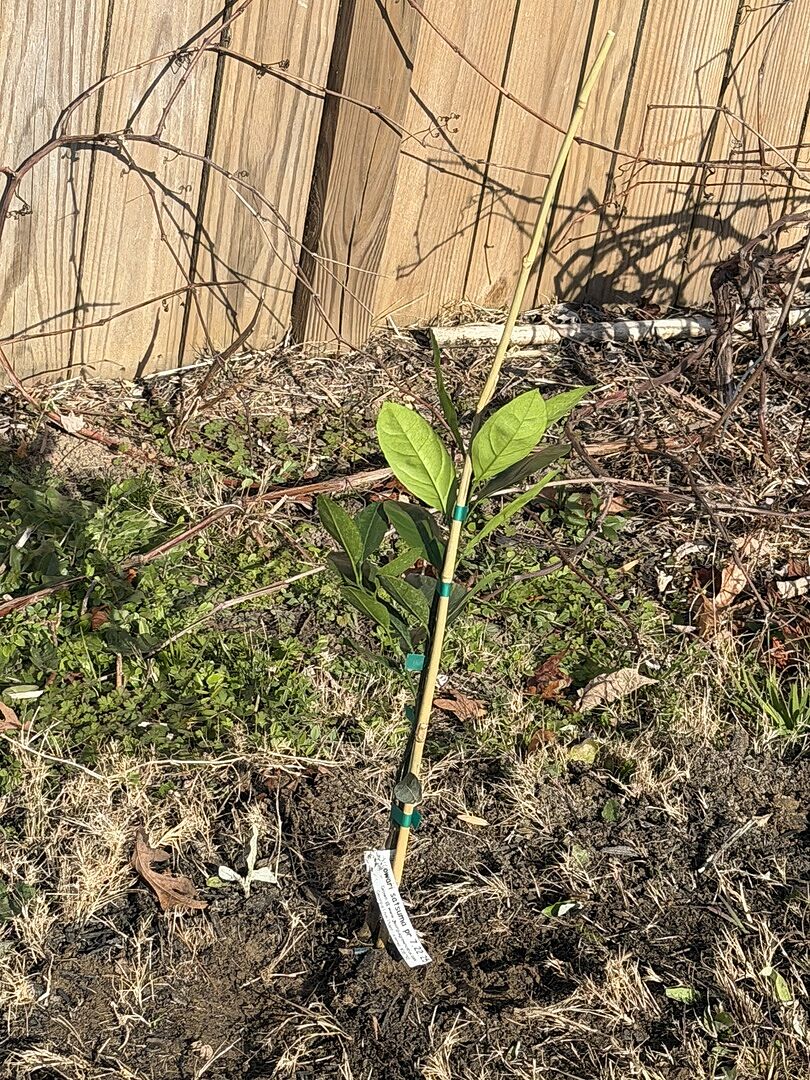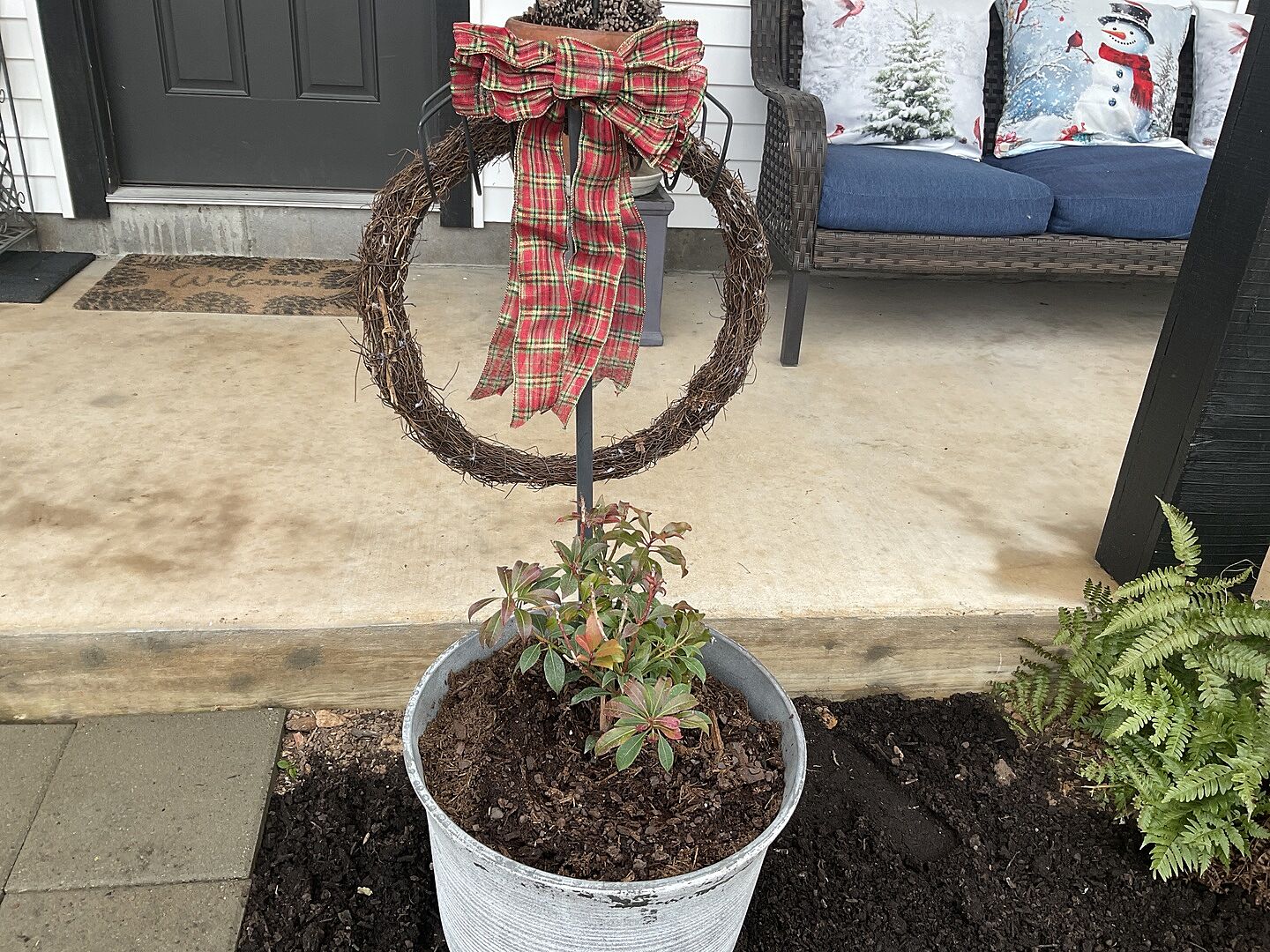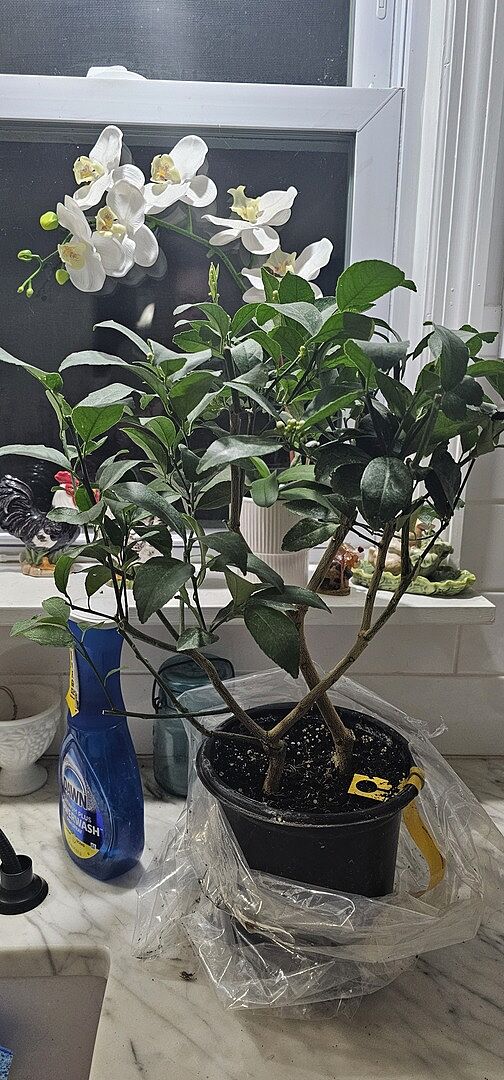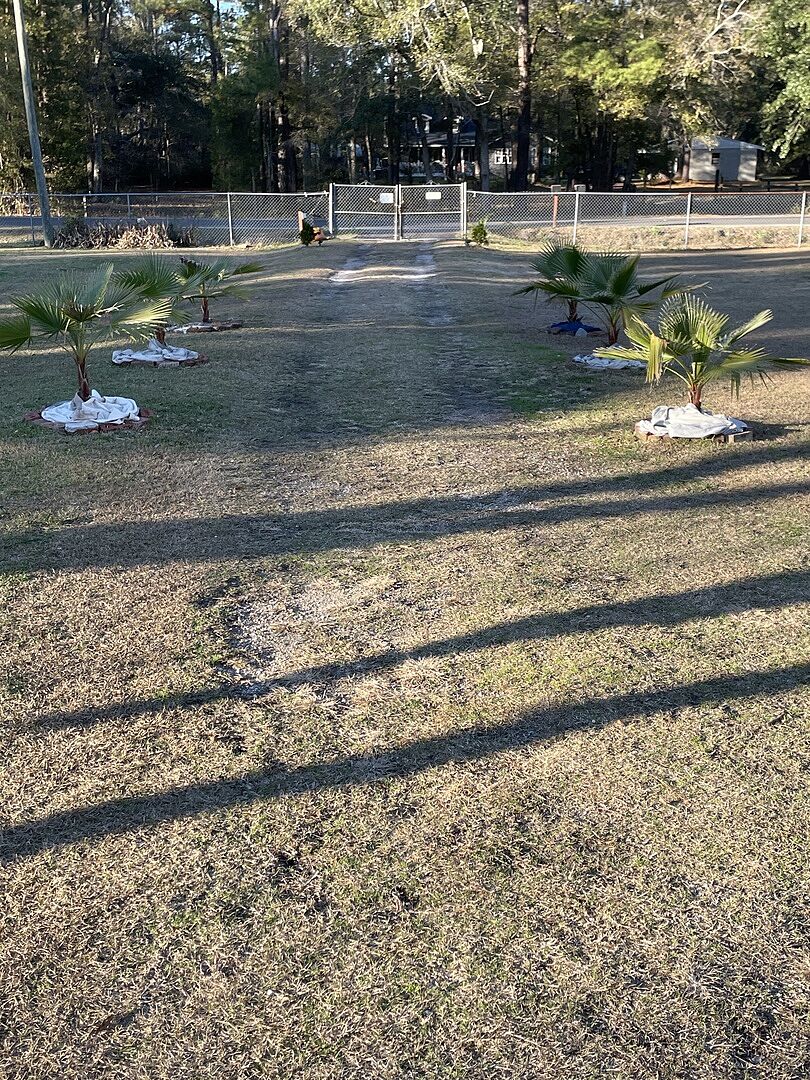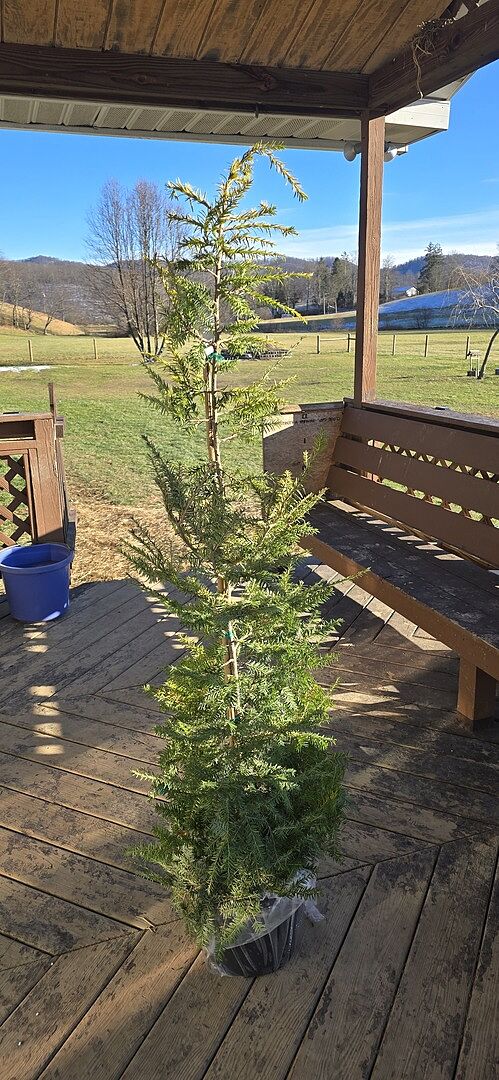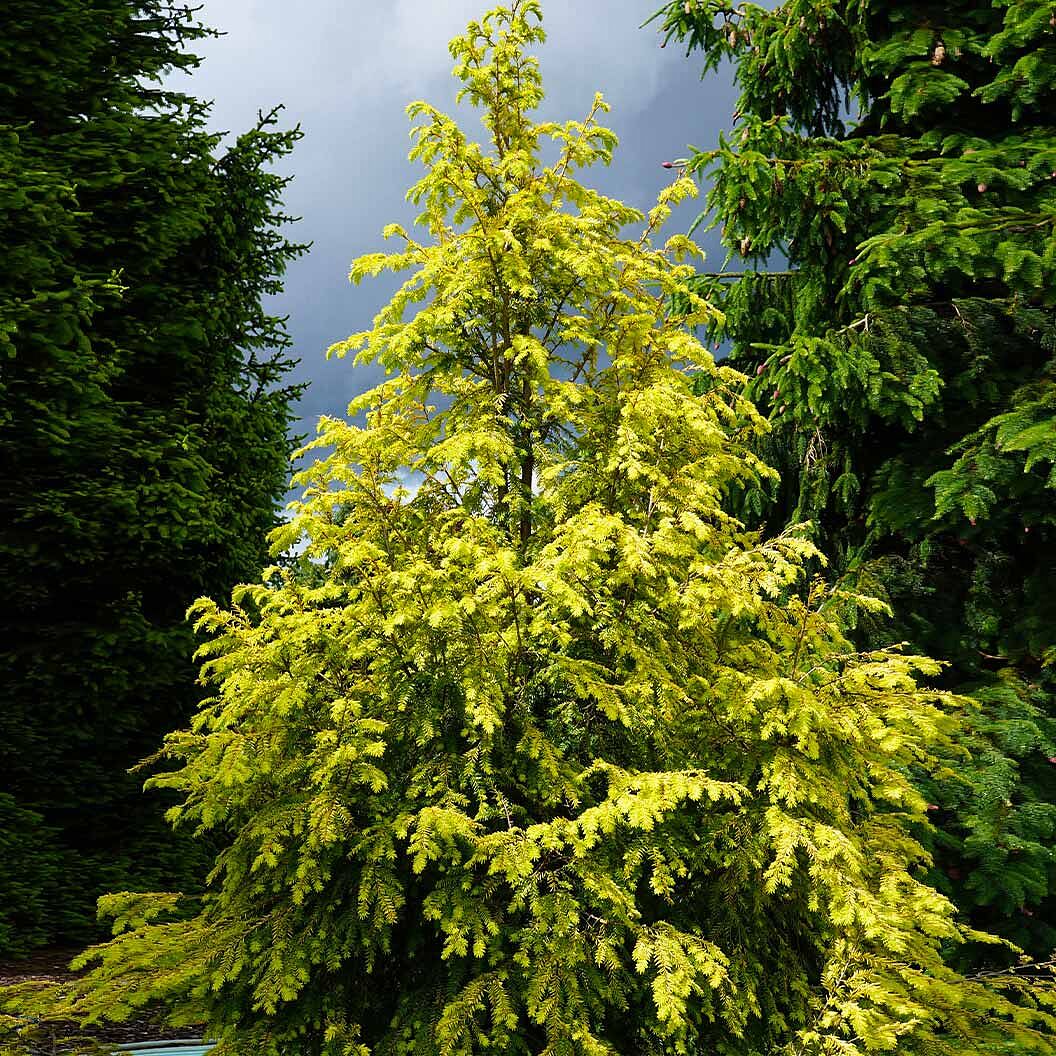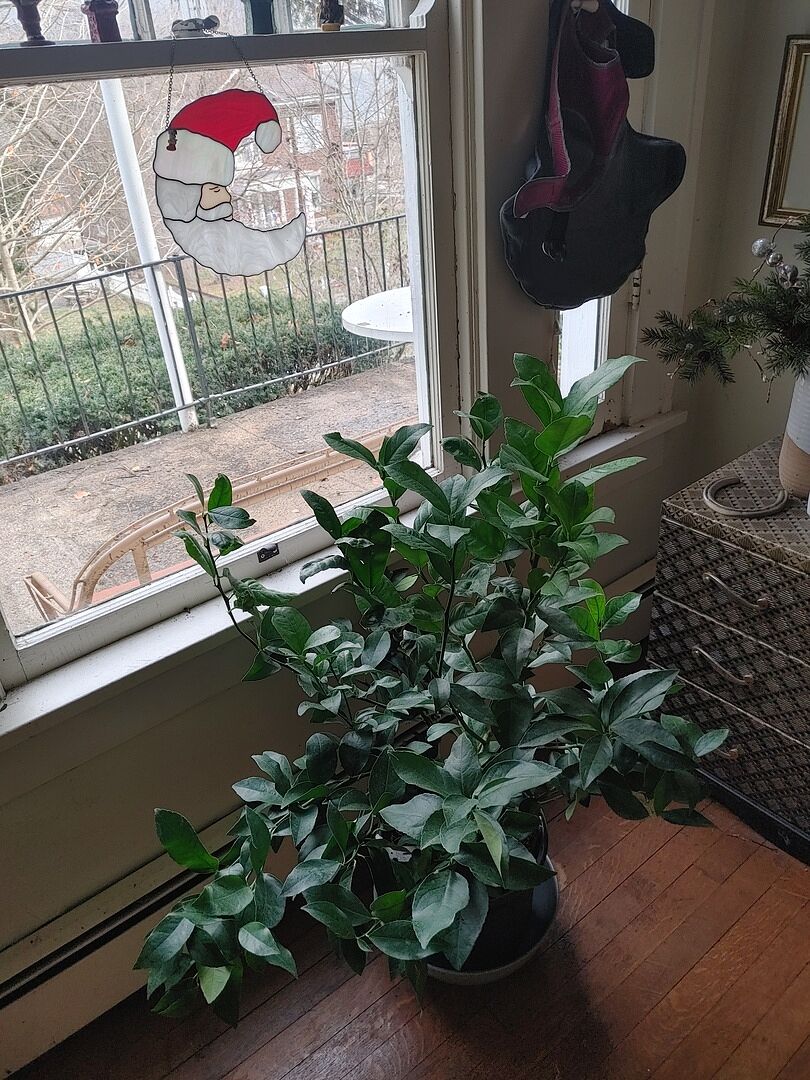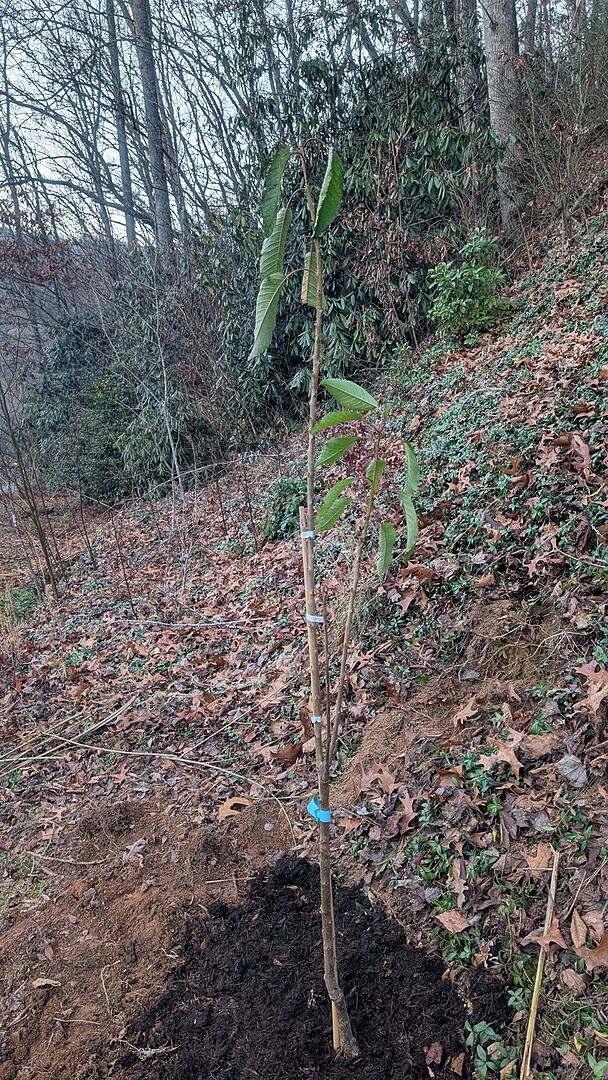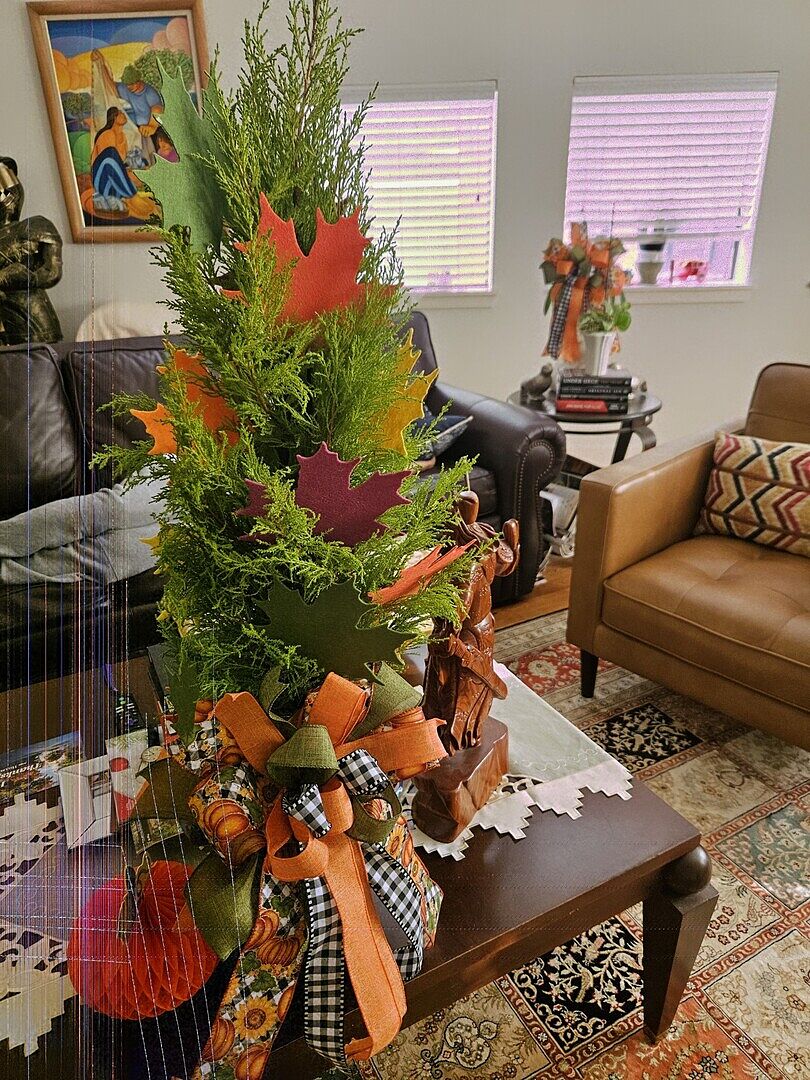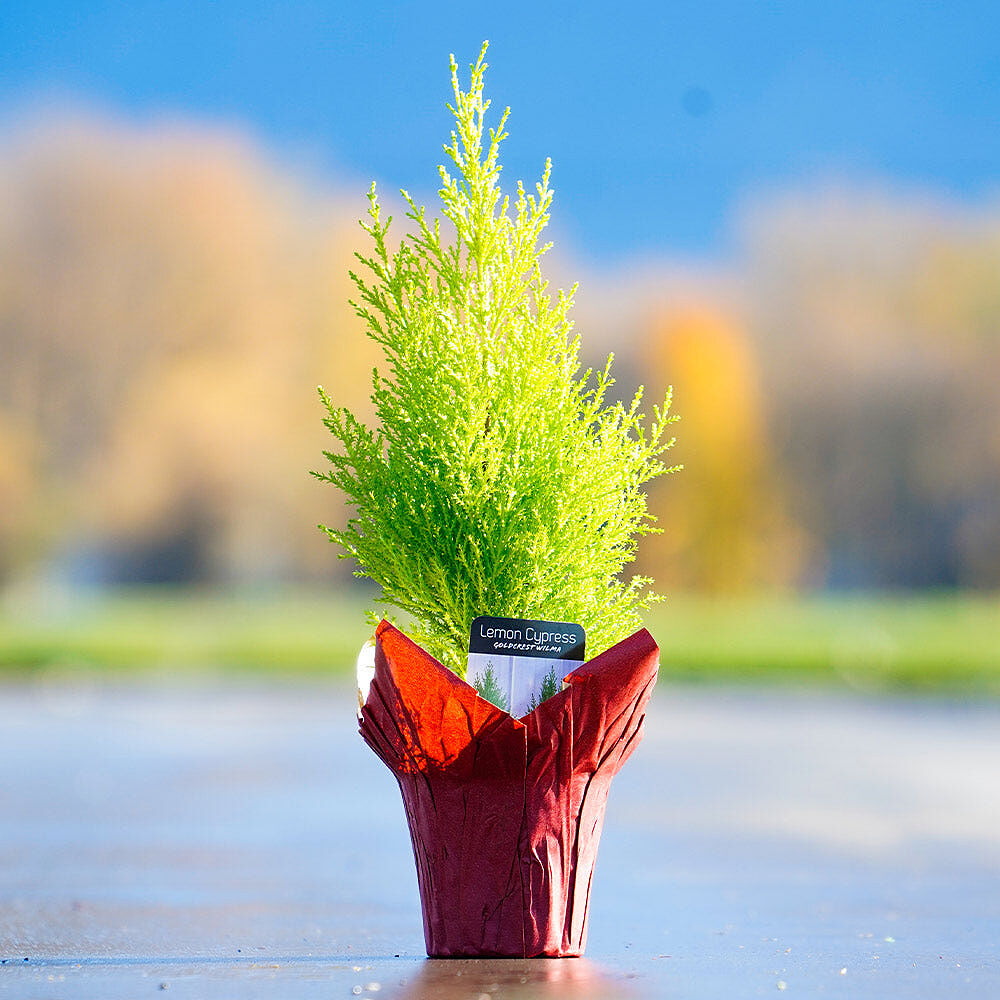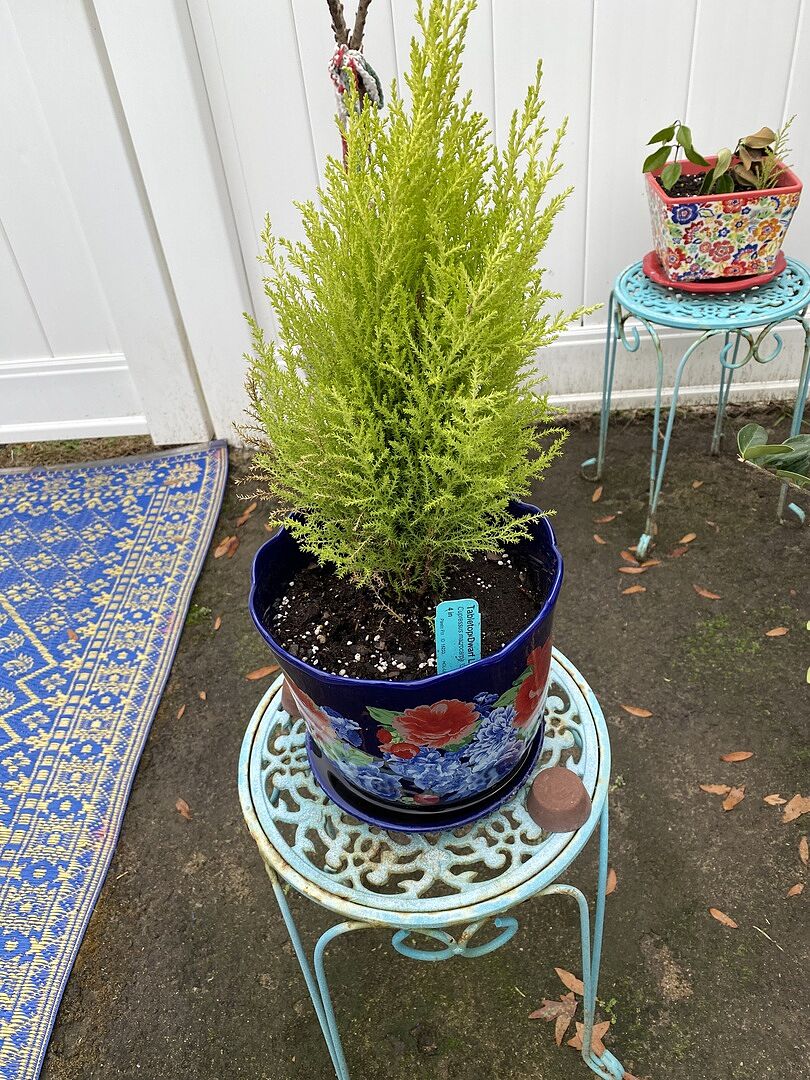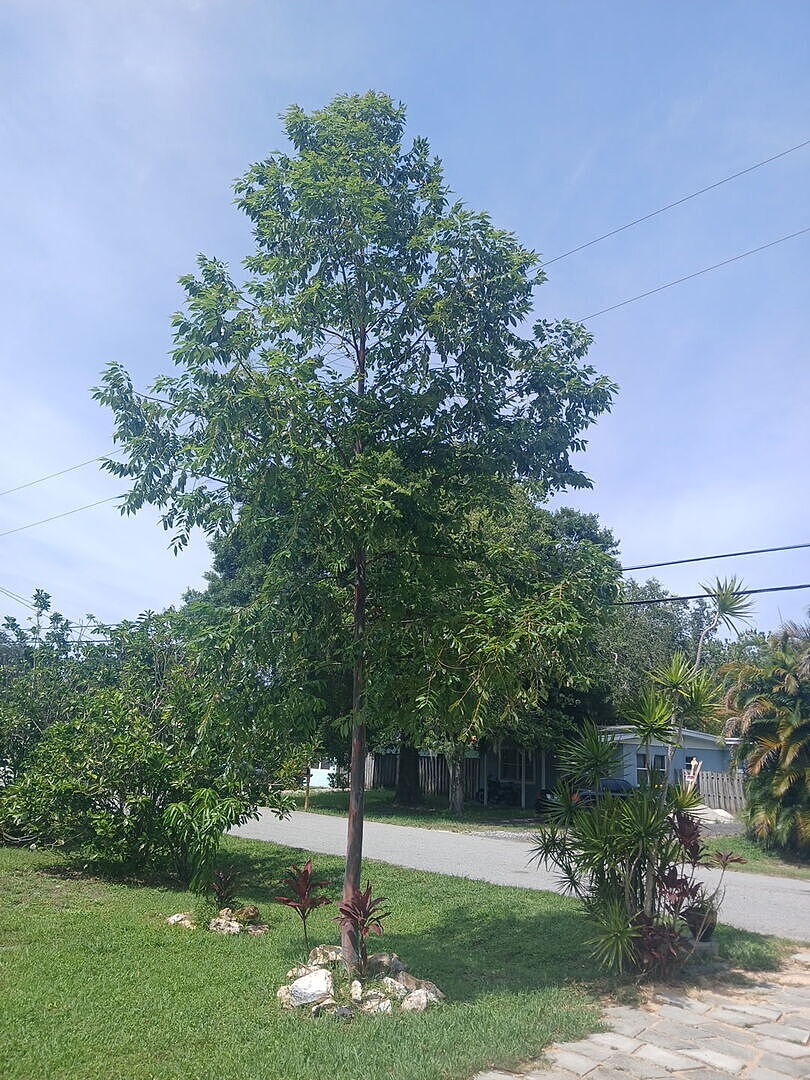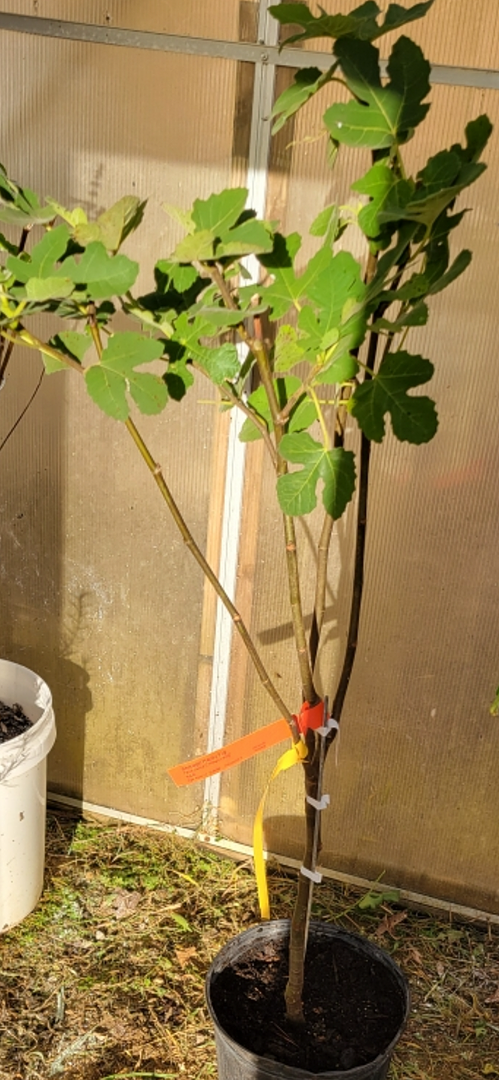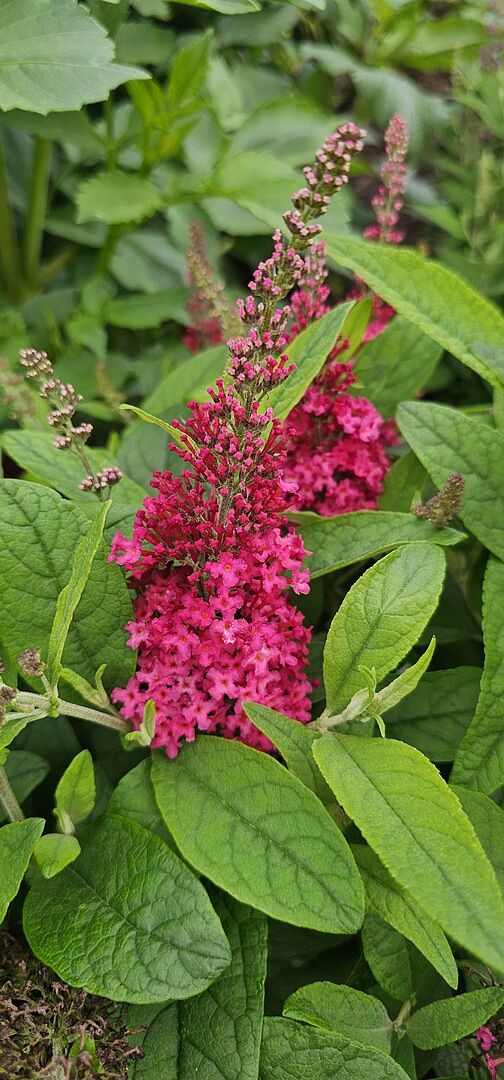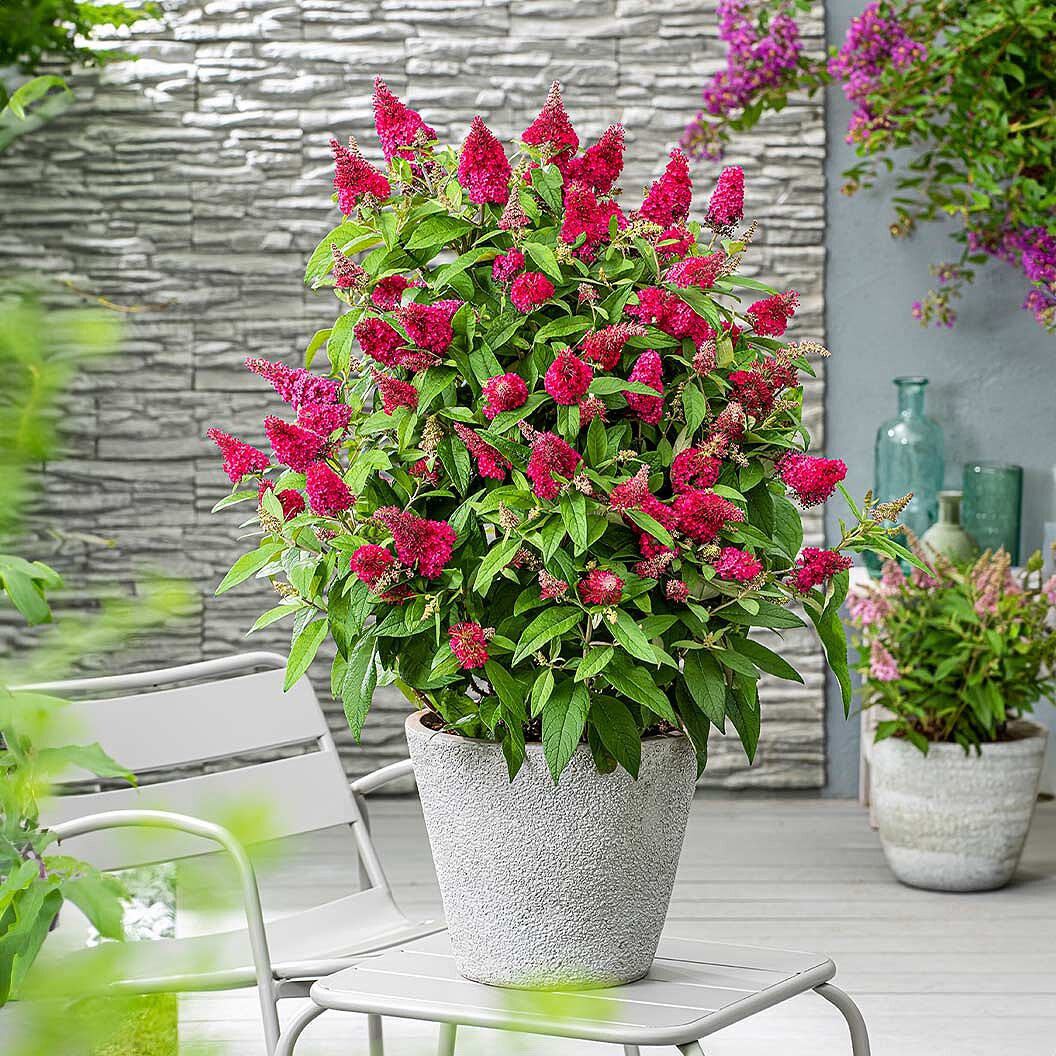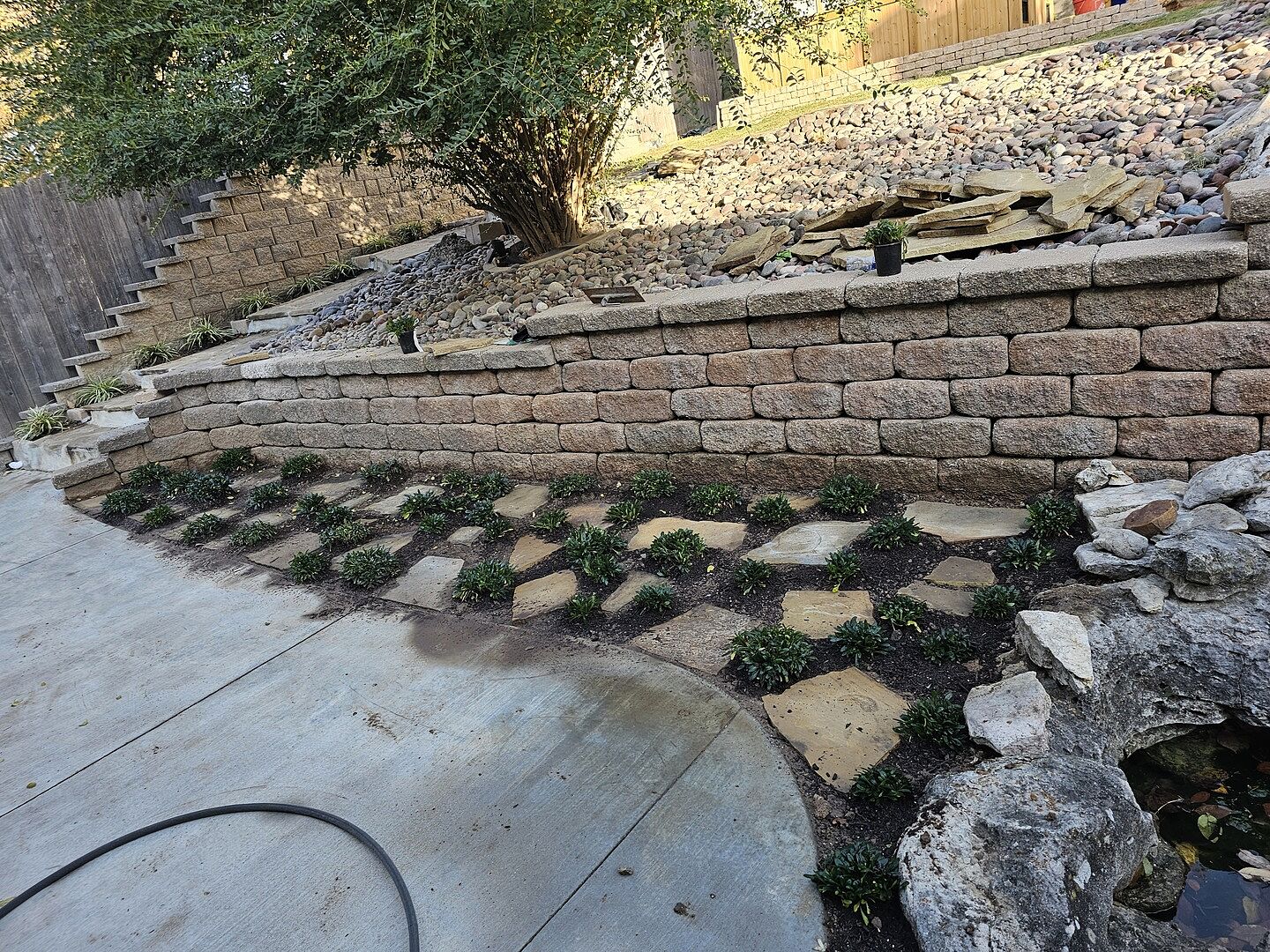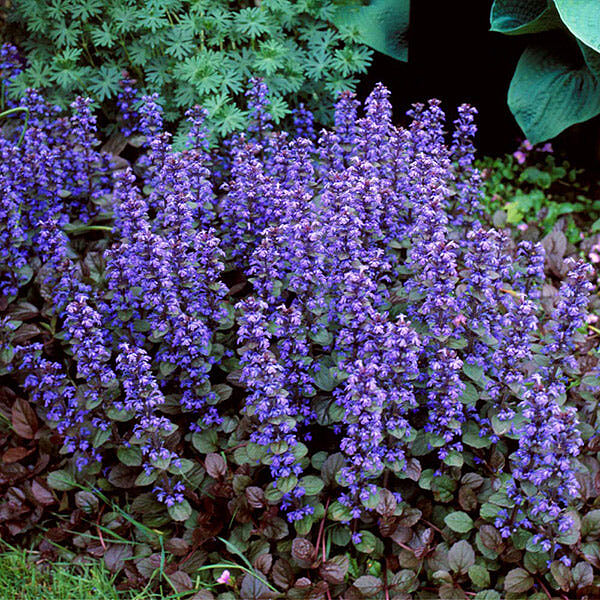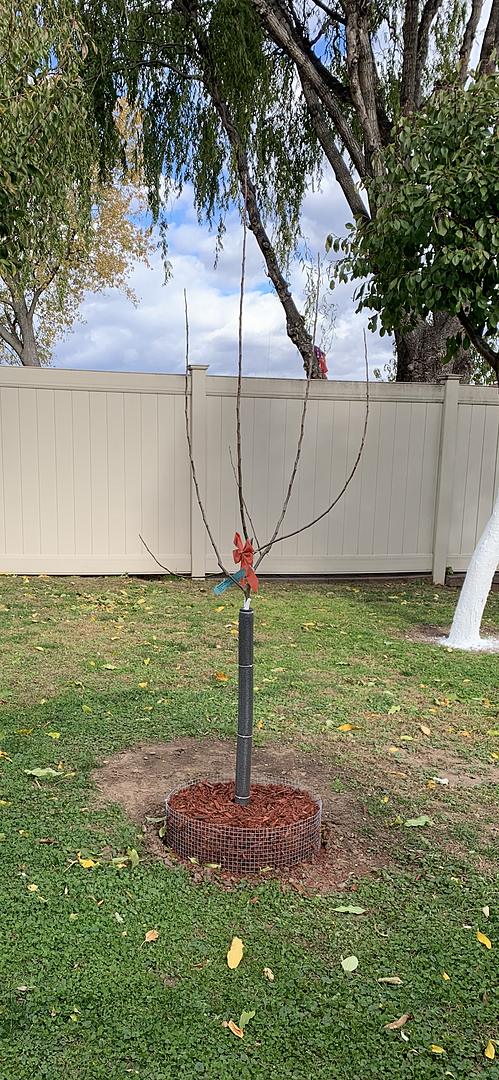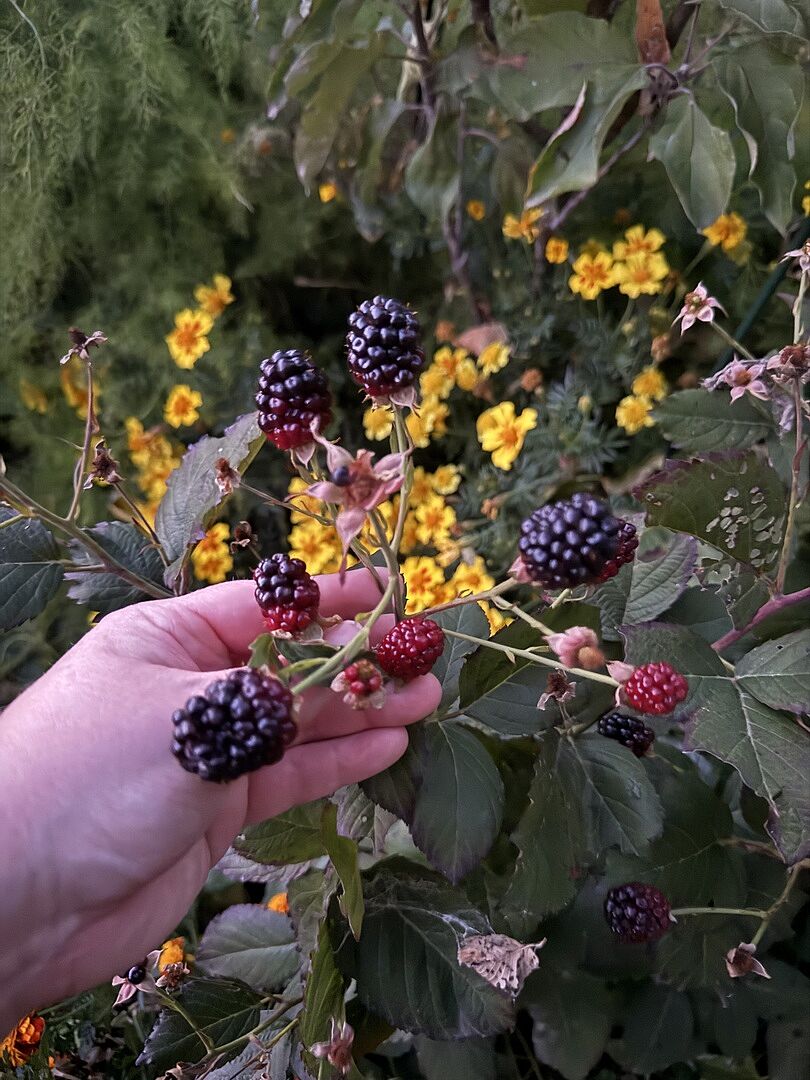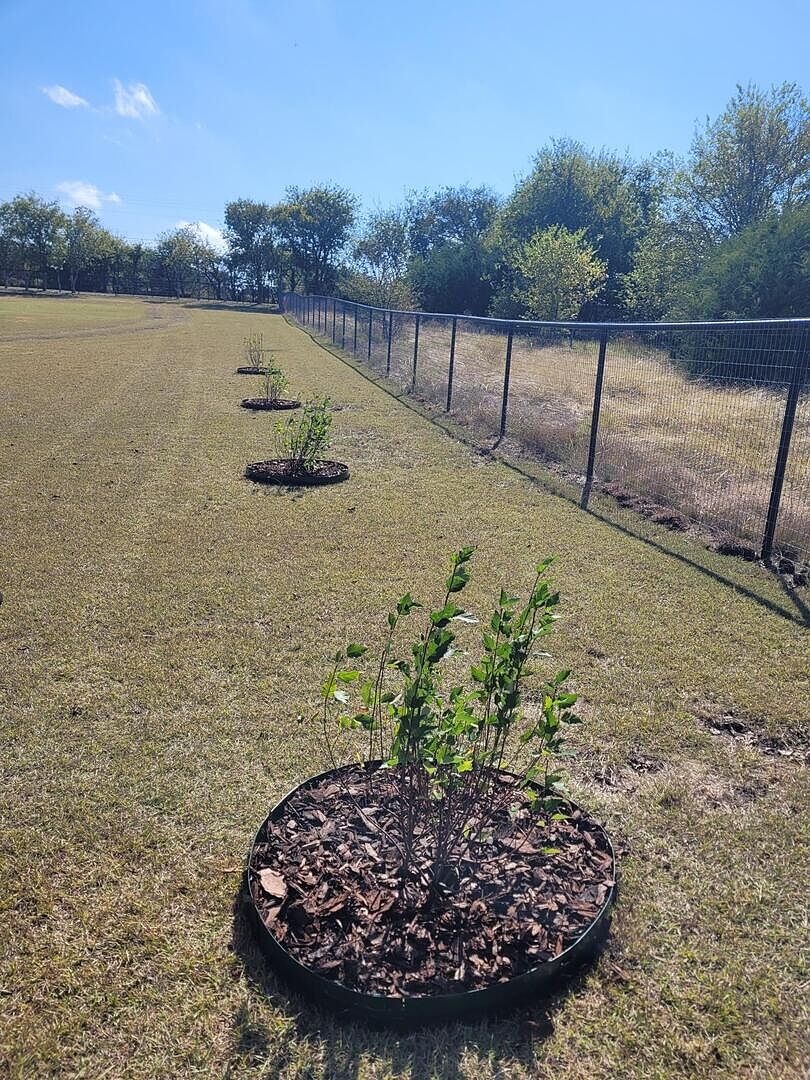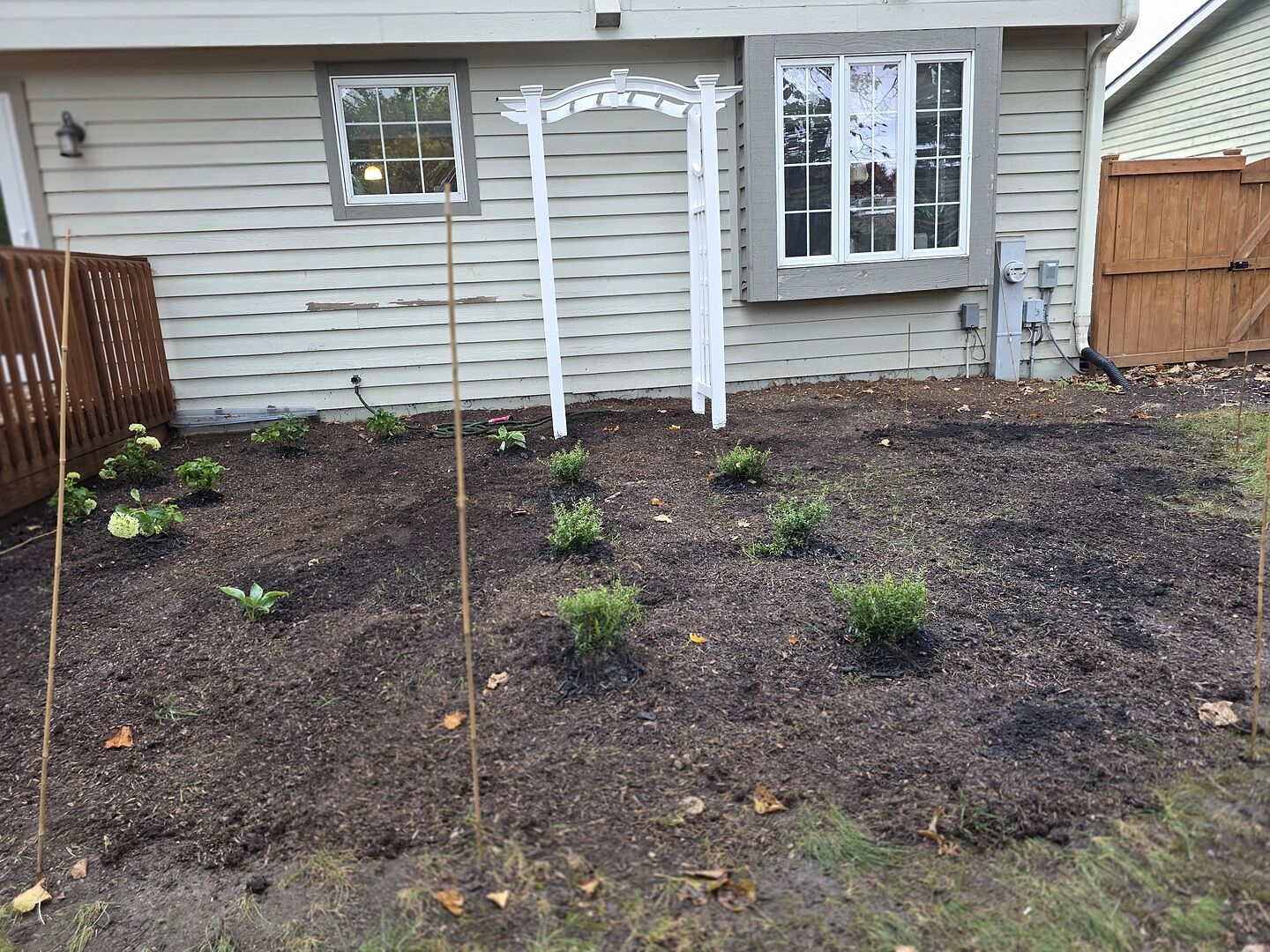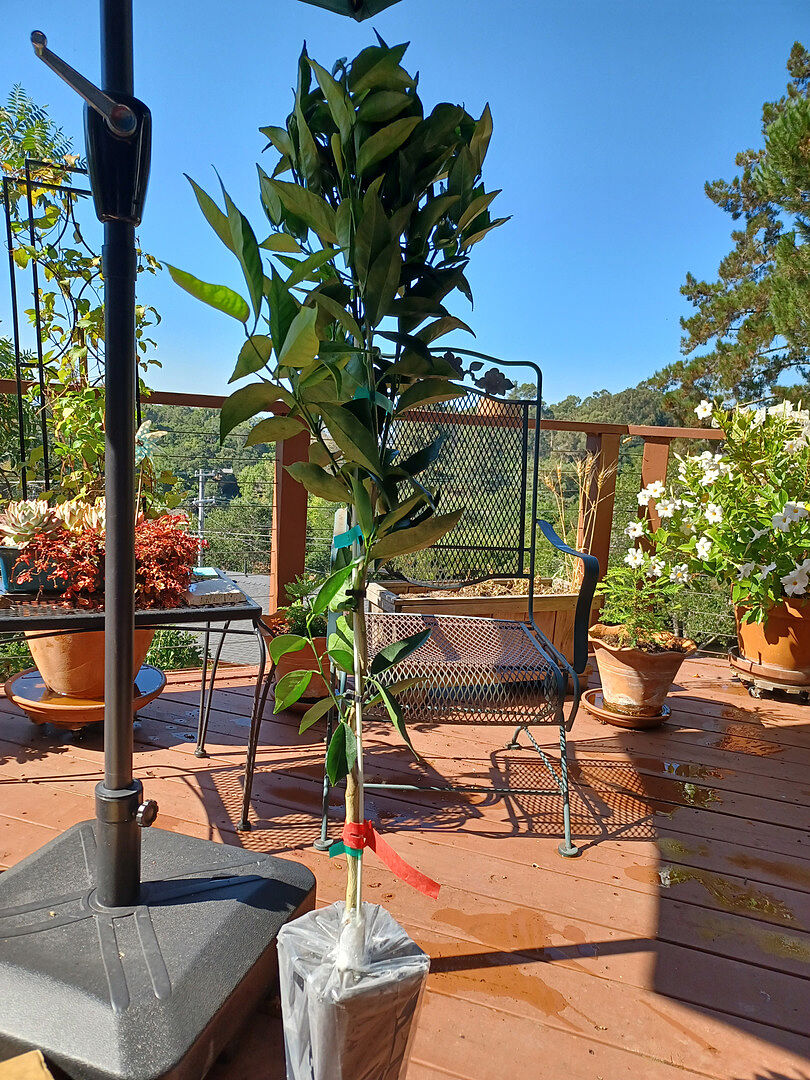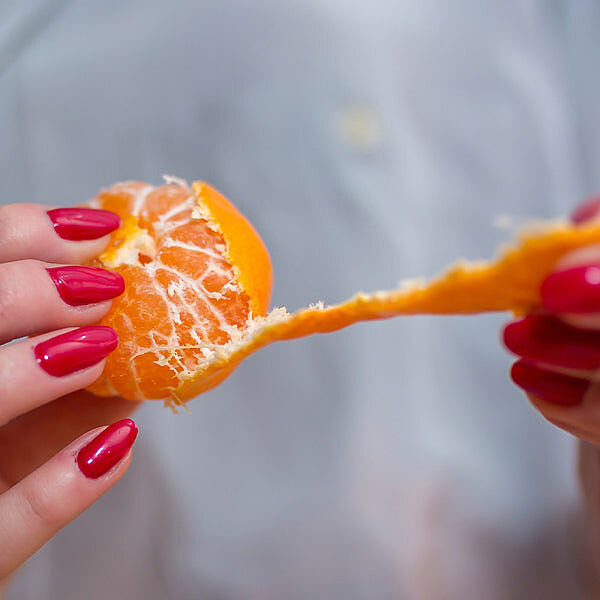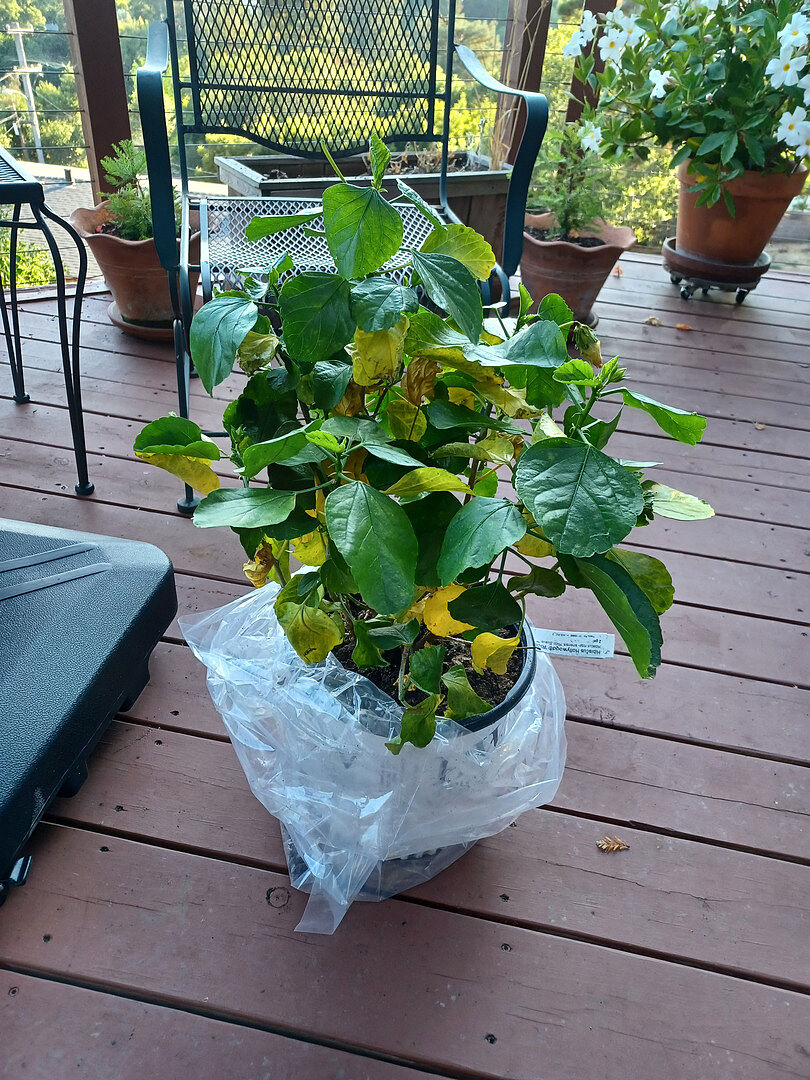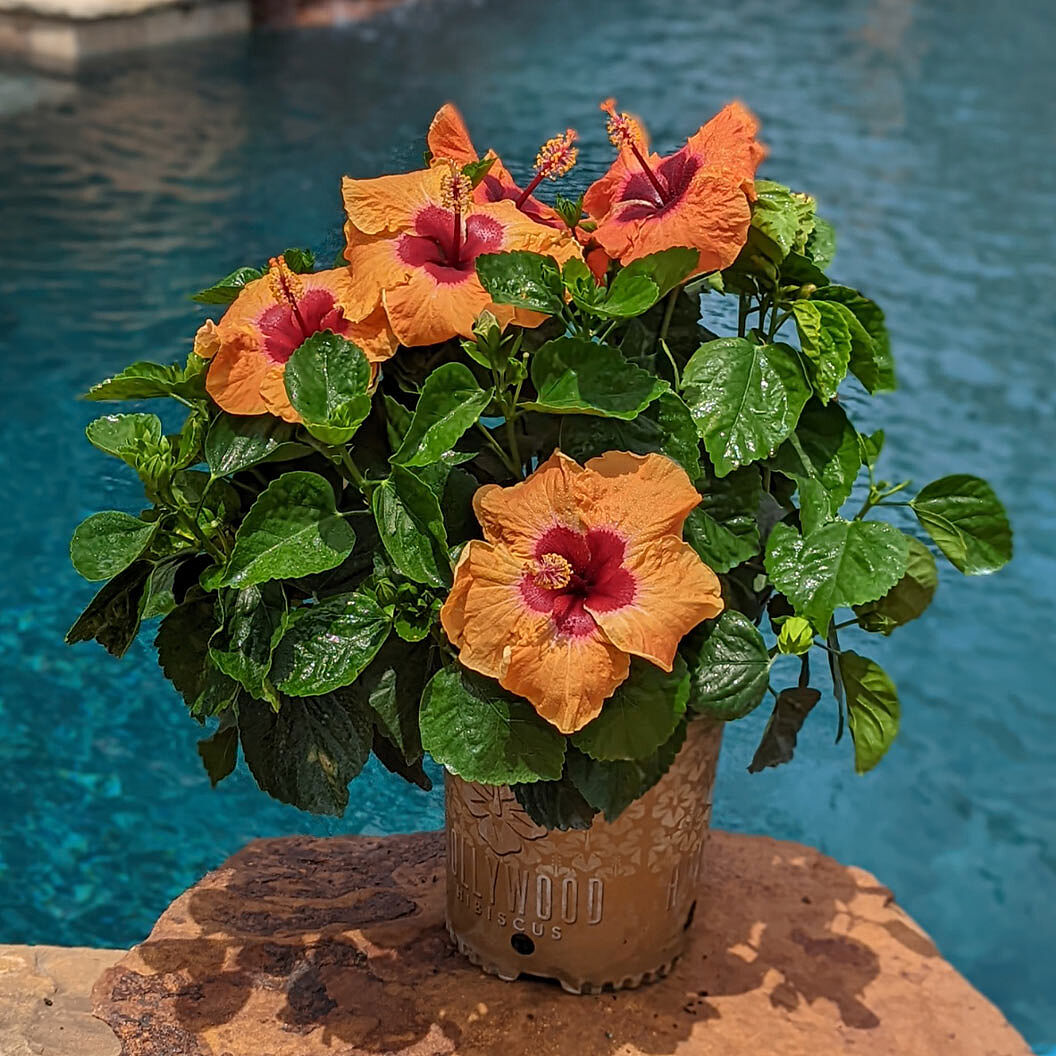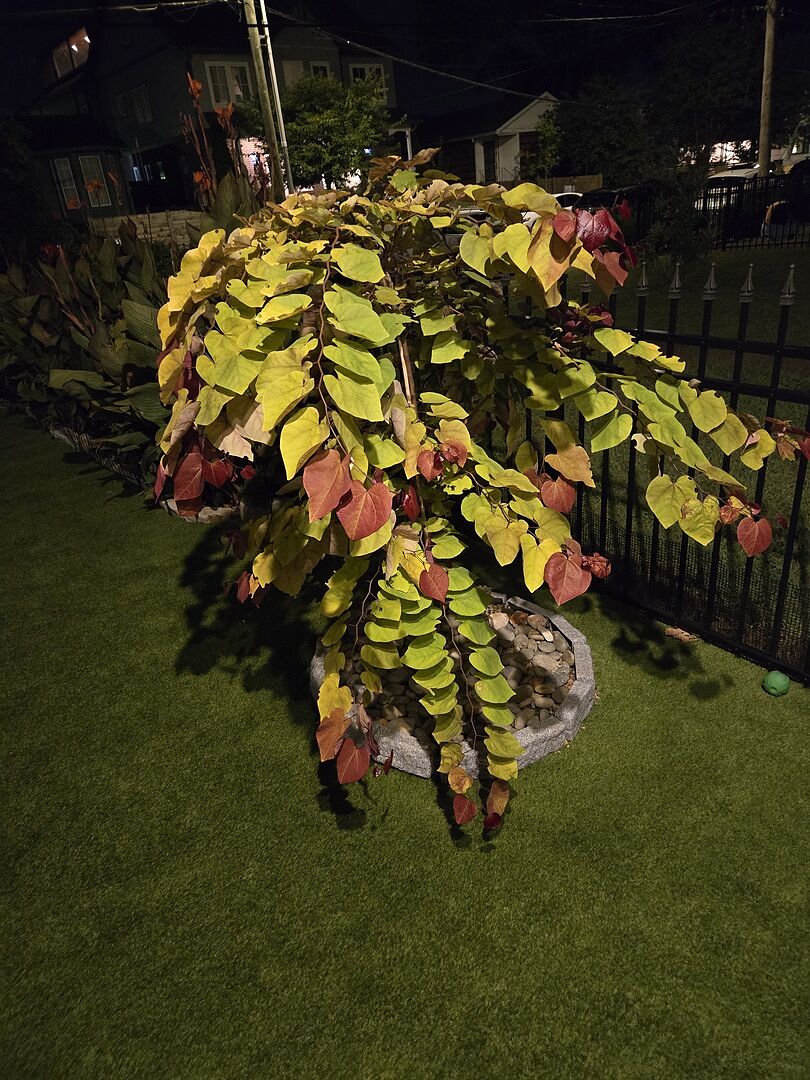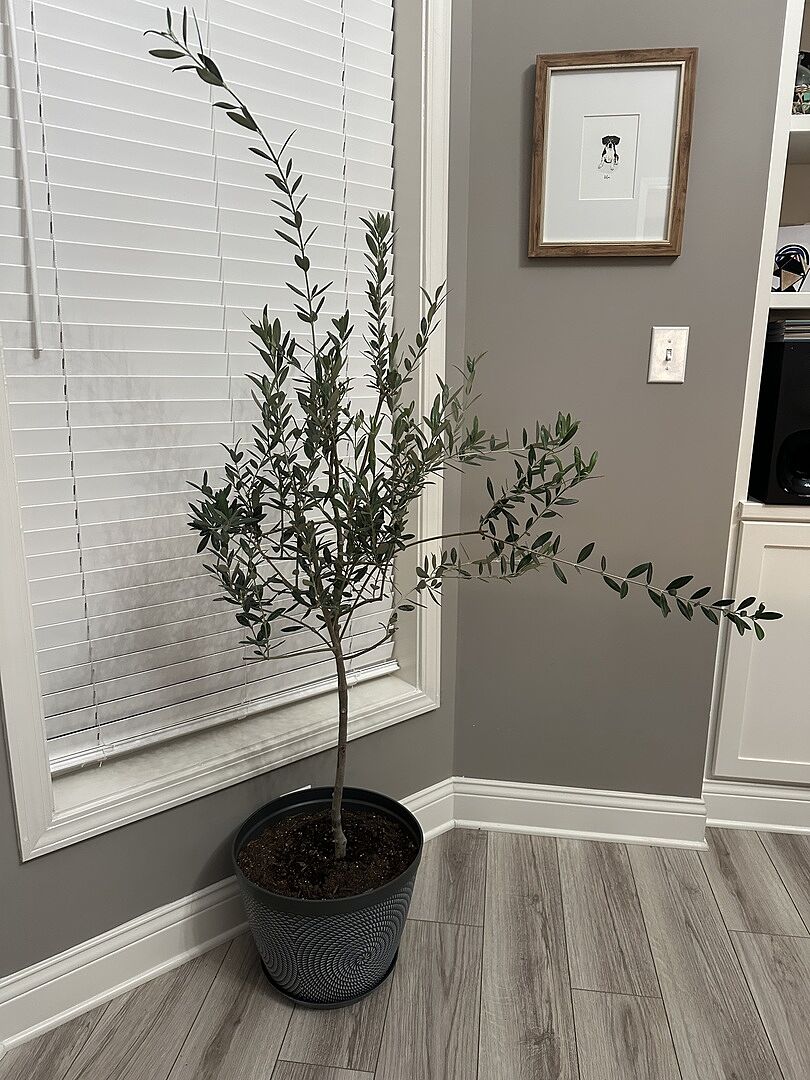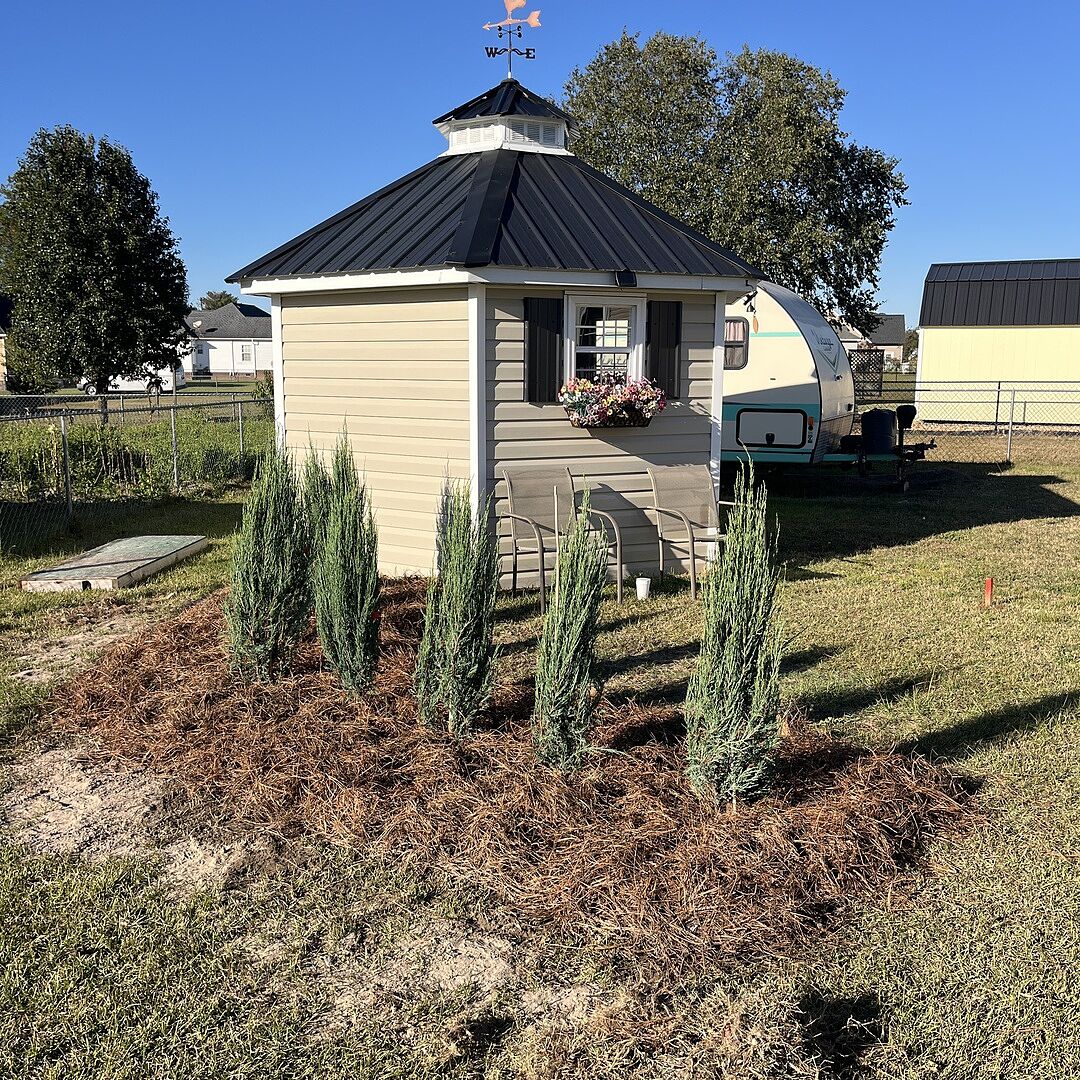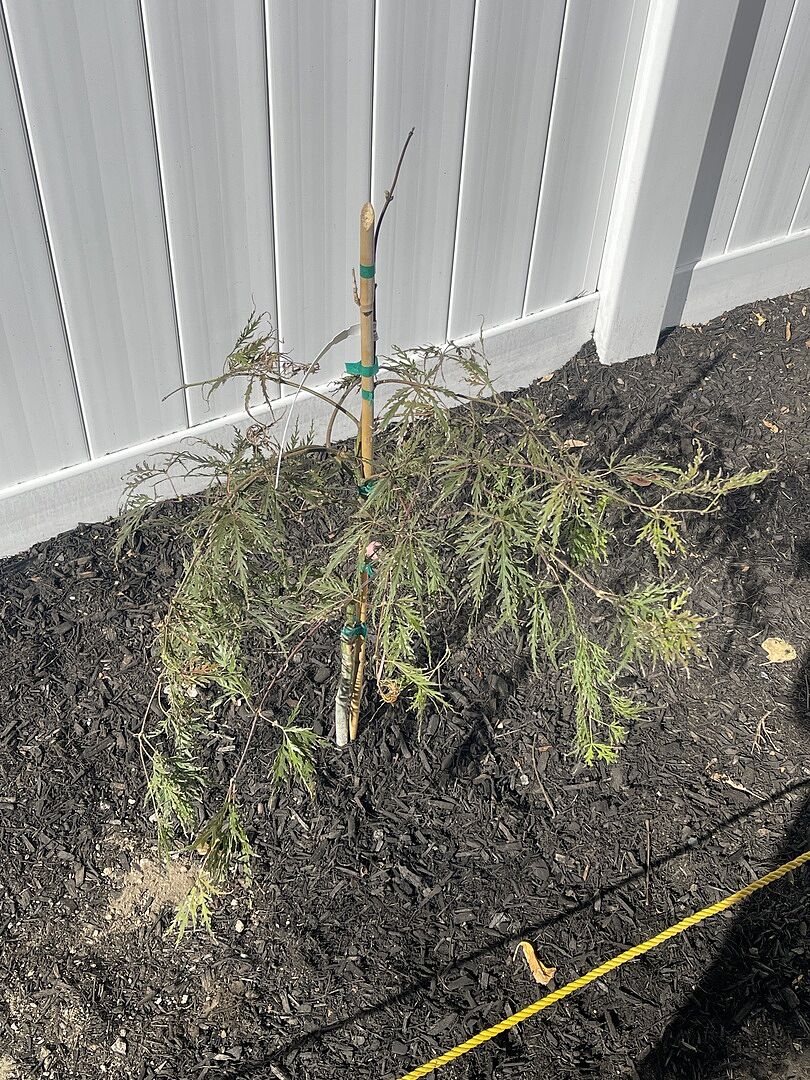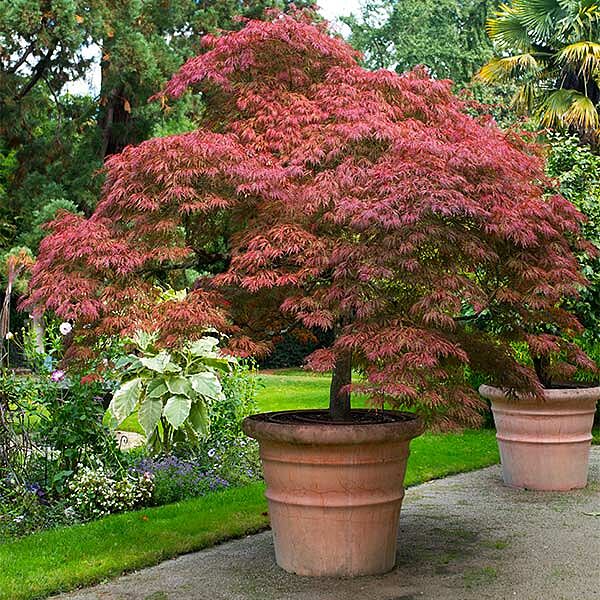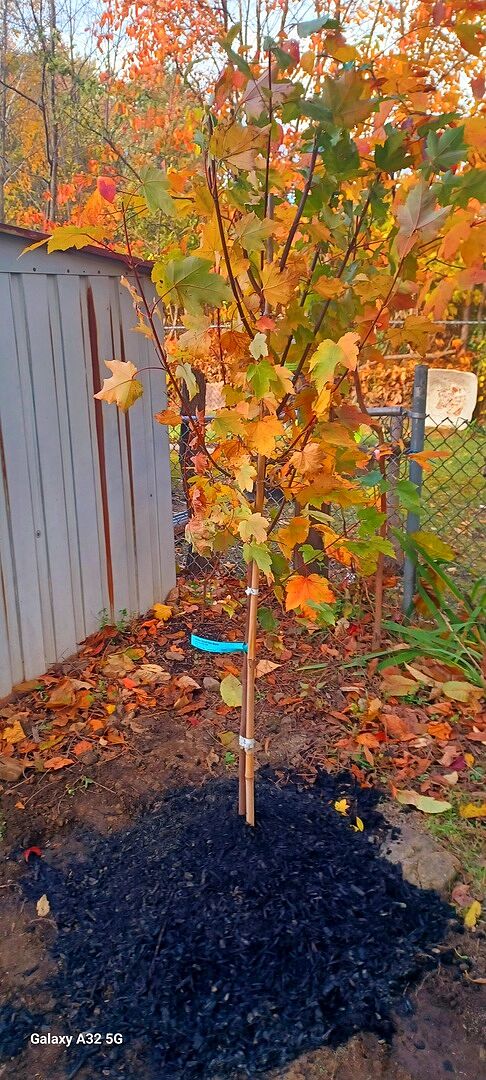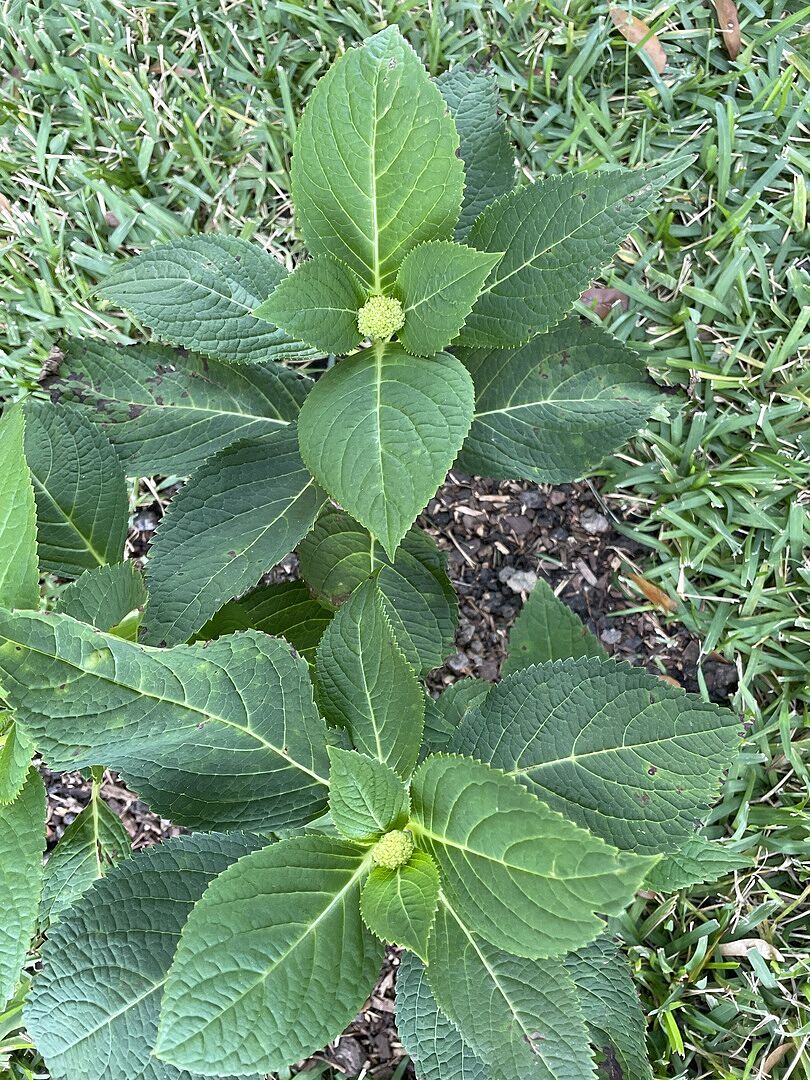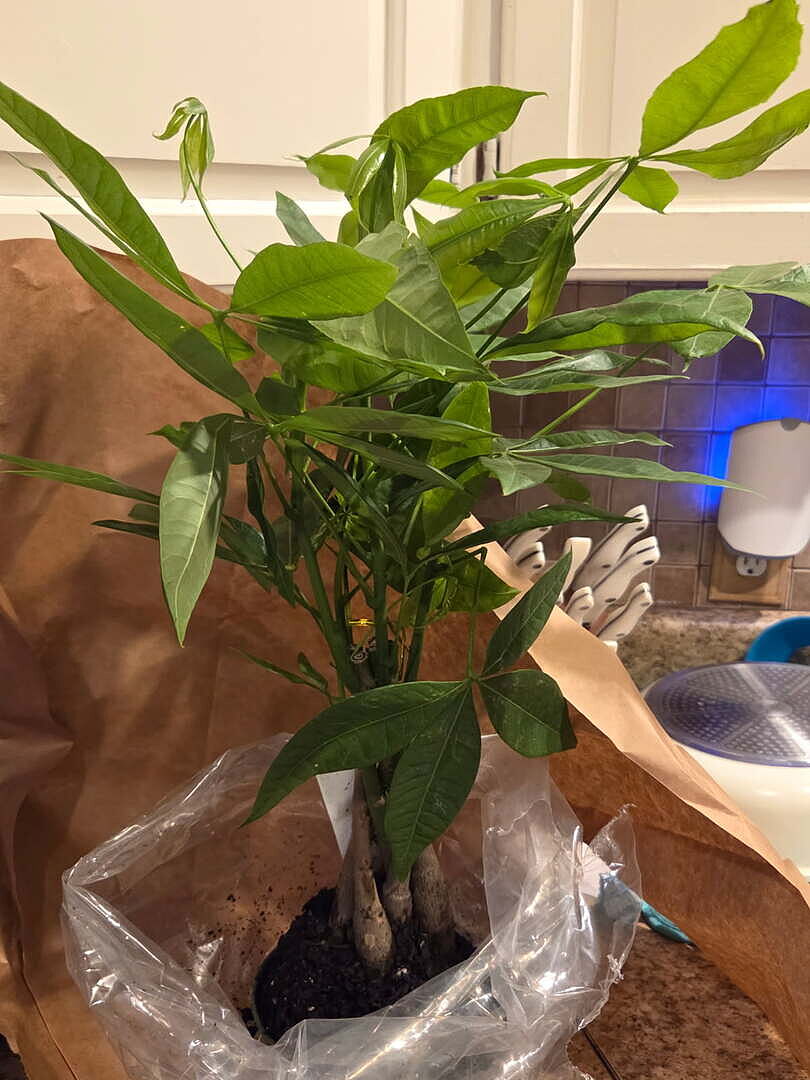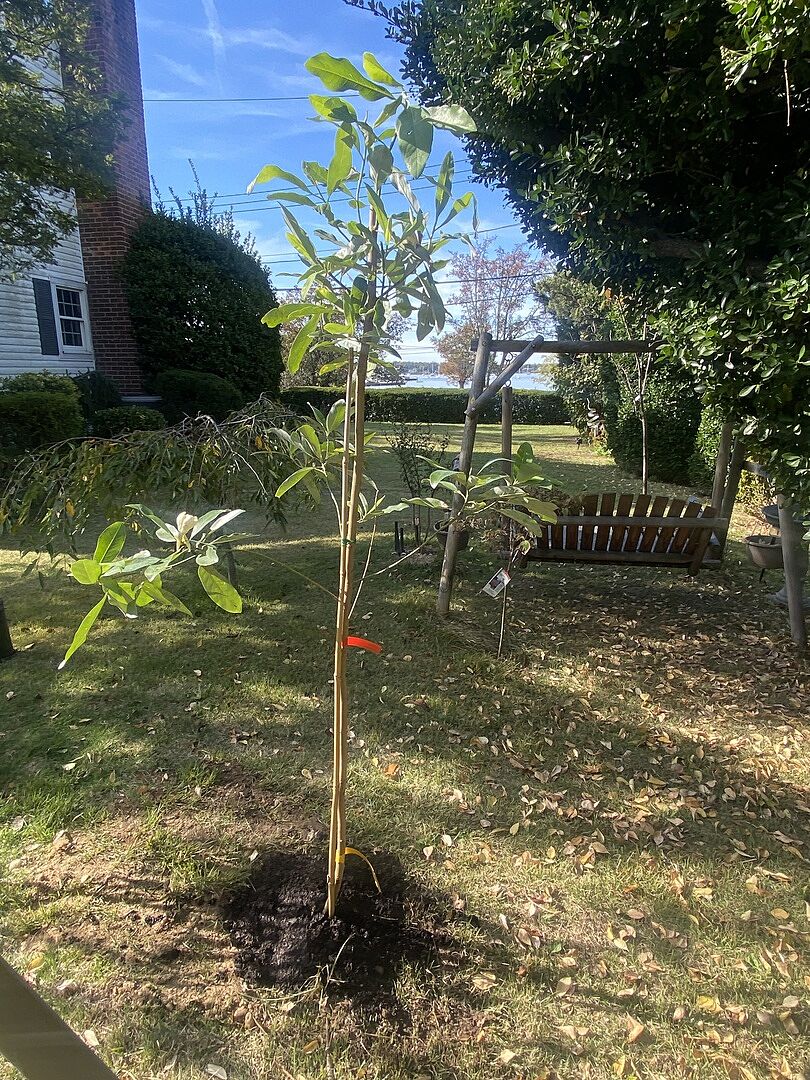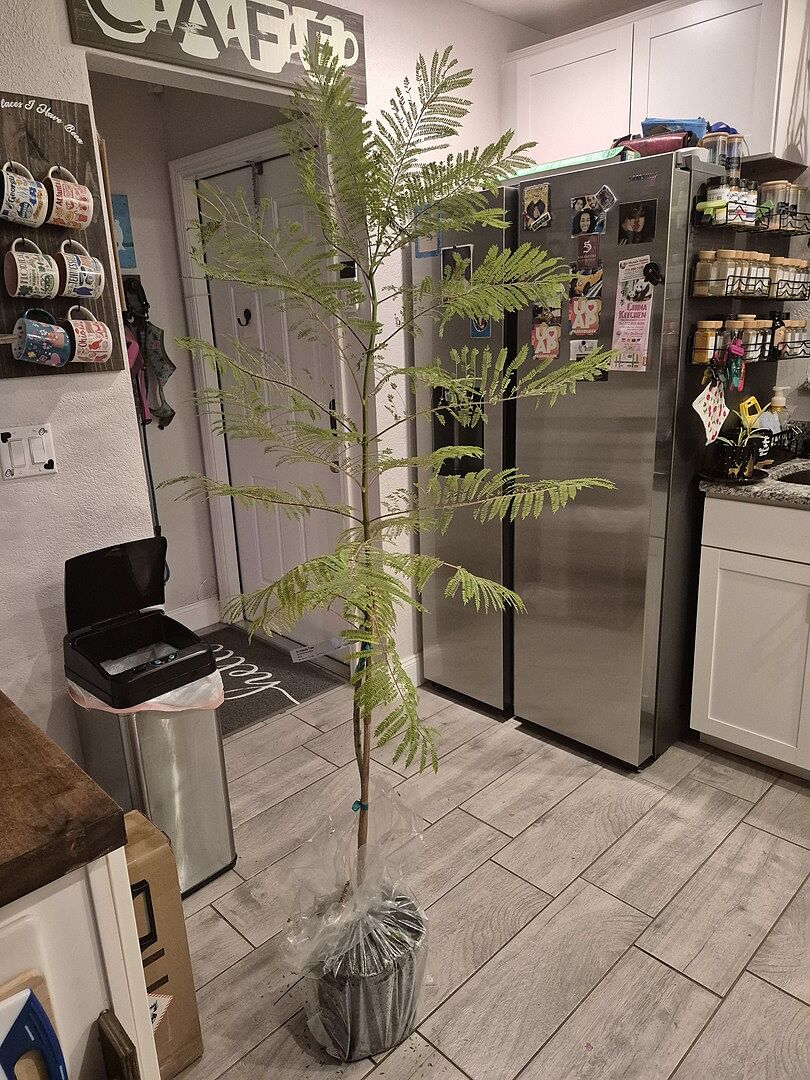Fruit Trees 101: Harvesting

Last updated: May 17 2023

Being able to harvest your own fruit that you’ve grown is the equivalent of a child getting a toy they’ve always wanted. It's so rewarding to see all of your time, hard work, and effort pay off into something so tangible like a home-grown harvest. Of course, just like with growing and caring for fruit trees, we have to be realistic and recognize that there’s a lot that goes into harvesting fruit.
Need to jump ahead? Use the section links below to skip forward.
- Reality of Harvesting
- Timing Your Harvest
- Best Harvesting Tools
- How to Harvest (Step-by-Step)
- Storing Fruit
- Pro Tips and Tricks
- Harvest Calendar by Fruit
Keep reading to learn what to expect, how to time your harvest, and how to make the most of your harvest all while keeping your fruit tree’s health top of mind. Plus, check out this fun video to see how @backyard_gardener_rach harvests her fruit!
Harvesting Reality Check
Let's be real about harvesting fruit for a moment. While it would be nice to just plant a tree, forget about it for a while, and come back to a perfectly happy fruit ready to be harvested and enjoyed, that’s unrealistic. To help bring things back to reality, here are some harvesting tidbits you may not have known before.
- Not all of the fruit will be ready to harvest at the same time. Many fruit trees may require a second or third harvest to collect more fruit.
- Some fruits will need to be harvested before they’re ripe and continue to ripen off of the tree like persimmons and pears. Other fruits like citrus cannot be harvested early and won’t continue to ripen once off the tree.
- Some fruit trees will have alternating harvests called “Biennial Bearing.” This means one year will be a heavy or full harvest while the next will be smaller or nonexistent. This is normal and not because you did anything wrong. To help minimize this provide fertilizer and consistent care.
- Mother Nature is in control. If you have any experience growing plants, you’re well aware that you can’t control the weather. So, if one year your growing season gets cut short or a late frost kills off some flowers, there isn't much you can do besides helping the tree recover and hoping for a more successful growing season the next year.
- For younger trees, the harvests will start off slow - this is normal! We understand the need and want to have a lot of fruit when the tree is young, but in reality, the tree has to grow a bit before it can take on such a massive energy blow as having a lot of fruits. If your tree is less than 5 years old, don't judge the productivity of your tree just yet and don't think you’re doing something wrong - your tree just needs time!
- Not all the fruit your tree produces will be comparable to grocery store fruit. Homegrown fruit is often misshapen, has a few spots and won’t be as large as the ones you find in the store, and that’s okay! Fruit that’s not as visually appealing can still have incredible flavor.
Harvesting Tools
Even if with just a few fruit trees, don't underestimate the power of using the right tools! They can make the job easier and prevent damage to the plant and fruits.
Pruning Shears
Not just for pruning---these shears can even get the most persistent fruit off the branch. In some cases, you may want to harvest a fruit sooner than when it’s willing to fall off the tree (ex. pears). Be sure to disinfect the blades before making a clean cut and harvesting that fruit!
Saw or Knife
Tropical fruits (like bananas, jackfruit, and pineapples) grow on thick, fibrous stalks. These stalks are often too large to be cut with handheld shears, meaning you’ll need the extra strength of a saw or serrated garden knife.
Tarp or Blanket
Fruit trees can sometimes do the harvesting for you (ex. persimmon trees) where fruit easily detaches from the tree when ripe. However, this can sometimes happen too easily, and any bump will cause your harvest to drop to the ground! Lay out a blanket, tarp, or old sheet beneath your tree to give the fruits a clean, soft landing spot and to make them easier to gather.
Ladder
Sometimes the best fruit requires you to climb or get on your tippy toes. You may use stools, ladders, or reaching poles to safely reach all that fruit. As with any equipment, please use caution and follow the equipment instructions and warnings—especially when using a sharp tool on a ladder.
FGT Pro Tip: Before you climb, test the sturdiness and stability of the ladder (if it’s on unpaved or uneven ground). It may sink into the ground once you put weight on the first few rungs. Better yet, have a friend or family member hold the ladder stable as you climb.
Harvesting Bag or Basket
Depending on your bounty, you may need a big basket. Do yourself a favor and take a sturdy container with you as you harvest. Nothing is worse than dropping and bruising fresh fruit from the garden. On days in which you move from plant to plant, have to use a ladder, or are ducking below branches, you may want to use a hands-free harvesting bag.
Gloves
Fruit trees like citrus have thorns (not to mention the thorns on some berry bushes and the dragon fruit cactus). While you could always take the risk of getting poked as you harvest your fruit, you could also just grab a pair of gloves. We suggest leather ones or a pair with leather-like texture to provide the best protection. You can even find arm guards or long gloves to also protect your arms.

When to Harvest
Now that you have more information on what to expect, you’ll want to get your harvest timing down. In general, fruits of the same variety will be ready for harvest around the same time as one another, but even this may vary depending on the cultivars you choose to grow.
Typically, spring through fall is the most popular harvesting time, but exact timing will depend on your specific area. Some parts of the United States will experience warmer temperatures before others, causing harvest times to fluctuate. A good tip is to pay attention to your local grocery store or farmers’ market to see when certain fruits become available and are at their peak.
A fruit is considered ripe when the flavor and texture is at its best. You can tell the stage of ripeness by gently squeezing the fruit and looking at its coloration. Under-ripe fruits will feel harder than ripe ones and have less intense coloring. Ripe fruits will readily detach from the tree and feature their final coloration with normally a softer texture. Avoid going off of the size of the fruit to determine ripeness, as homegrown fruits will vary widely in size.
Pick these fruits before they’re ripe
Fruits here have a narrow window, and when they appear ripe on the tree, it's too late. So, harvest early and wait for them to ripen off the tree.
- Pears
- Asian Pears
- Persimmons
- Bananas
- Avocados
- Mangoes
- Paw Paws
- Jackfruit
- Quince

Pick these fruits when they’re ripe
Fruits in this category won’t continue to ripen off the tree, so make sure you’re ready to enjoy your harvest before you pick.
- Strawberries
- Pineapples
- Apples
- Cherries
- Grapes
- All Citrus
- All Berries
- Figs
- Loquats
- Longan Berries
- Lychee
- Olive Trees
- Pomegranates

Pick these fruits anytime
Unlike the first category, these fruits have a wider harvest window and won’t go bad if left on the tree or harvested early, so pick them before or at peak ripeness.

How to Harvest
Just like watering or planting your tree, the most seasoned gardeners know it's all about the details. When harvesting, avoid just picking all the fruits or accidentally costing yourself next year's harvest by damaging your tree. Take your time and follow the steps below to make sure you and your fruit tree are happy at the end of the harvesting season.
Harvesting Fruit in Four Steps
- Find out the harvest time in your area for your fruit trees.
- The exact harvest time can vary. Be on the lookout for ripening fruits so you don't miss out!
- If the time is right, grab a basket, bag, or whatever you can and head outside to your tree. Harvesting tools you might find useful are: a ladder, an extended reach fruit picker, a tarp, a knife, pruners, and a harvest or fruit picking apron.
- Take your time selecting the fruits to remove since once the fruit is off of the tree, you can’t put it back on!
FGT Tip: Remember that you shouldn't harvest all of the fruit at one time! Only harvest what should be picked, and if any fruit isn’t suitable for eating, leave it for your local wildlife since they enjoy tasty fruit too!

Harvesting Indoor Fruits
Unless you live in a roofless or open-air house, you must have different harvesting expectations for fruit grown inside a heated or air-conditioned home. Here’s what to expect when it comes to harvesting fruits inside:
- Fruiting trees rely on environmental cues to know when it is time to flower and fruit. If your plant seems a little stuck or slow at times during the growing, fruiting, and flowering stage, it’s likely that their environment isn’t giving them the right cues. To solve this, move your tree to a location closer to the outdoors, like a patio or porch, or at least somewhere that the light follows suit with outdoor light and temperature changes.
- Expect less fruit. While it is completely possible to grow fruit indoors, these container-grown plants will be smaller and lack natural pollination from bees, birds, and butterflies. The result is less fruit compared to a tree that is grown outside in ground.
- Due to the stable growing conditions indoors, it will take more time for fruit to grow and mature. So, if your outdoor fruit is ready to harvest, your indoor tree may be a bit behind (even if it’s the same kind of plant).
Fruit Storage
Depending on the size of your harvest, you might have way more fruit than you can enjoy in a day. Here are some tips on how to store your fruit so you can enjoy it before it spoils.
Freezing
This works especially well with berries - they freeze and thaw with ease and without losing flavor. Wash and dry your berries before freezing and separate them into freezer safe containers to be used at a later date.
Baking
Incorporate your harvest into a recipe so you and others can enjoy. Nothing’s better or tastier than baking with your own fresh fruit! After harvest, wash and prepare your fruit as you wish in your favorite recipe. As a note, peaches and plums last longer in recipes since they have a shorter shelf life.
Refrigerating
Fruits like apples, cherries and pears like the cool environment and will keep longer in the fridge than on the counter. Fruits that can also be refrigerated to extend their shelf life are pomegranates, lychee, longan berries, and figs. Store them openly or in a fruit drawer inside your refrigerator and take them out when you’re ready to enjoy.

Leaving the Fruits Out
For persimmons or avocados that need to ripen before you enjoy them, leave them out on the countertop until they’re ready. Plums, asian pears, starfruit, mangoes, kiwi, pineapple, soursop, bananas, and pawpaws all benefit from being stored at room temperature, but should be enjoyed soon after they’re ripe for best flavor. Citrus fruits also do well stored at room temperature and can double as a display in a fruit bowl with their bright colors.
Tips and Tricks
- Get yourself a harvest bag! If you have a mini orchard and a larger harvest, it might be a good idea to invest in a wearable bag or apron that makes harvesting easier and handsfree (especially if you’ll be on a ladder!).
- Be gentle! Fruits can bruise easily and branches may break. Avoid putting extra pressure on the branches during harvesting and set the fruits down gently to avoid bruising.
- Work smarter, not harder! With some trees like nut or mulberry trees it's best to get a tarp and lay it out under the tree and (gently!!) shake branches to make the ripe fruit drop. The tarp provides easy collection without having to dig through grass or hand pick every single one.
- Have a plan for storage. We understand that if you see a fruit is ready to be picked, it’s hard to resist doing so! Have a plan in place like a space in your pantry or jars at the ready if you’re expecting a larger harvest.
- Speed up time and use the paper bag trick to make fruit ripen faster! Avoid plastic bags since the fruit still needs to breathe. Simply place your fruit in paper bags and wait around 3-4 days, checking daily for your fruit to ripen faster.
- Harvest cherries with some scissors or pruners to keep the stems on the fruit.
- Perfect the twisting technique. When picking fruits like apples, peaches or plums avoid yanking them off the tree. Instead, gently grab the fruit from the base, lightly push into the tree and give a slight twist as you pull away. This helps dislodge the fruit easily. Ripe fruit will disconnect without a battle, so if you’re playing tug-of-war, the fruit needs more time on the tree.

FGT Tip: Persimmons are known for being difficult to ripen, so here’s what we suggest if you want to enjoy them sooner. Place your persimmons in an airtight container (like a cooler) with an open container of vodka (about one cup is all you need). Let nature do its magic, and within two days, your persimmons should be sweet, not astringent!
Harvest Calendar By Fruit
Take a look at the chart below to learn which months you should harvest each type of fruit, as well as which months your harvests will likely be at their peak.

Harvesting is undoubtedly the most fun part of the process when it comes to growing fruit trees! But, it’s important to follow the proper timing, picking process and storage methods in order to ensure you’re getting the most out of your fruit trees.
And now that you’ve made it through our entire Fruit Trees 101 Course, we hope you’ve gained a better understanding of the wonderful world of fruit trees. All in all, remember that time and patience are key when it comes to growing and caring for your fruit trees. While it may take a few years to produce the harvest you want, the work you put into it will be well worth it. Staying on top of your trees will ultimately lead to success, so stick with it - the rewards will be delicious!
To keep learning, check out the rest of our Fruit Trees 101 Course, filled with all the sweet tips you need to create your backyard orchard!

Written by
Meredith Gaines
Meredith's love for plants started at a young age, and only grew when she started working in the Desert Exhibit at the South Carolina Botanical Gardens and the Historic Filoli Estate in the Bay Area. After graduating from Clemson University (GO TIGERS!) with a degree in Biology and Horticulture, she found her niche in the FastGrowingTrees.com family as a horticulturist and has grown in her current role as Senior Plant Expert.
She currently resides in her hometown of Charlotte, North Carolina, and enjoys spending any time she can outdoors. She learns new things about plants every day and loves sharing her plant knowledge and tips with those around her. Her favorite plant is constantly changing, but her long-time favorites are peonies, oak trees, and ferns.
Featured Product

Chicago Hardy Fig Tree
737 reviewsStarting at $69.95













